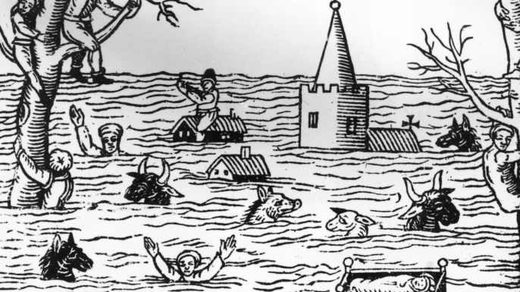The World's Most Catastrophic Floods
Stereoscopic
view showing debris, collapsed houses, and the general disastrous
condition of Main Street in Johnstown, Pennyslvania soon after the
flood, 1889. After heavy rains, the South Fork Dam burst and the waters
of Lake Conemaugh flooded the town. Floods were
considered a blessing by certain civilizations—the Egyptians relied on
the Nile's yearly overflow for fertile soil—but they also stand as some
of history's most devastating natural disasters. Whether due to heavy
rains, storm surges or busted dams, deluges have often claimed thousands
of lives and left whole cities in ruin. In some cases, they even
permanently changed the planet's geography.
1) The Johnstown Flood was so massive it equaled the flow of the Mississippi River.
The disaster began shortly after 3 p.m on May 31, 1889, when a dam on Pennsylvania's Lake Conemaugh washed away following several days of drenching rain. The collapse unleashed some 16 million tons of water, which quickly turned into a 40-foot-high, half-mile-wide surge of mud and debris. An hour later, the wave struck Johnstown like a giant fist, crushing some 1,600 buildings and sweeping away everything in its path. When the waters finally receded, over 2,200 people were dead and many more were injured or homeless. The flood was later blamed on the poorly maintained dam, which was owned by a hunting and fishing club, but no one was ever held financially liable for the disaster.
2) The Central China Flood may have killed as many as 3.7 million people.
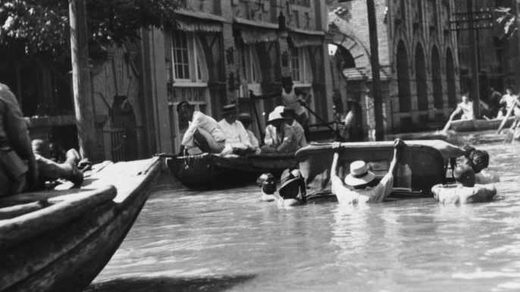
© Topical Press Agency/Hulton Archive/Getty Images
Severe flooding in Hankou, China in September of 1931.
Severe flooding in Hankou, China in September of 1931.
3) One flood was known as the "Great Drowning of Men."
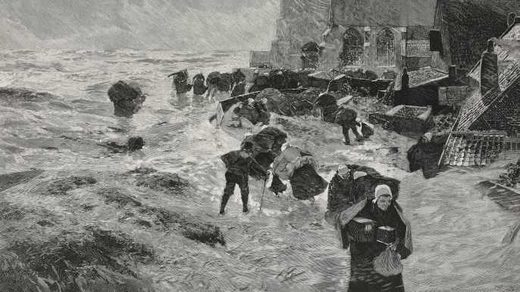
© De Agostini /Biblioteca Ambrosiana/Getty Images
A flooded village in the Netherlands, painting by Hans von Bartels (1856-1913), woodcut by Richard Bong (1853-1935).
A flooded village in the Netherlands, painting by Hans von Bartels (1856-1913), woodcut by Richard Bong (1853-1935).
4) Few floods in recorded history compare to the one that rocked the Indus River Valley in 1841.
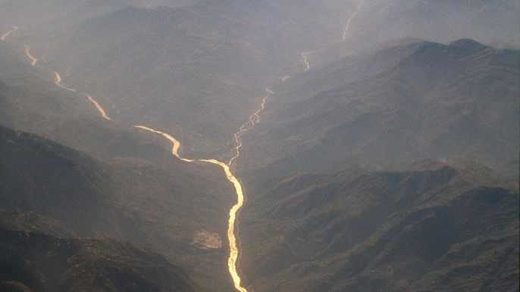
© Amir Mukhtar/Getty Images
Great trans-Himalayan river of South Asia and one of the longest rivers in the world, having a length of 1,800 miles.
Great trans-Himalayan river of South Asia and one of the longest rivers in the world, having a length of 1,800 miles.
5) The United States' most iconic river was the source of its most destructive freshwater flood.
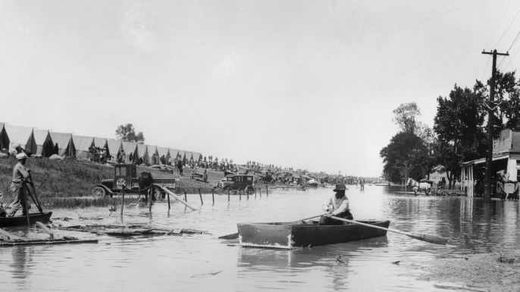
© Bettmann/Getty Images
Refugees tents were pitched on the levee after almost the entire town of Greenville, Mississippi has been submerged by the Mississippi waters, making it the worst flood in the history of the United States.
Refugees tents were pitched on the levee after almost the entire town of Greenville, Mississippi has been submerged by the Mississippi waters, making it the worst flood in the history of the United States.
6) This 1966 flood struck a devastating blow to Italy's cultural treasures.
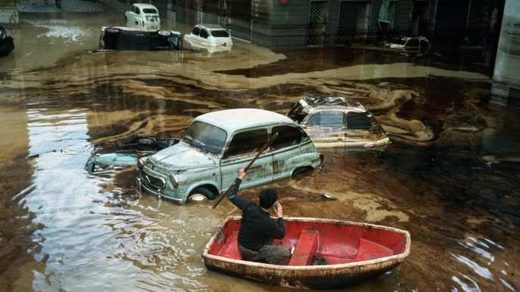
© Vittoriano Rastelli/Corbis via Getty Images
A man paddles a small boat among wrecked cars on a waterlogged street in Florence, following the devastating flood of November 1966, during which the water of the Arno rose as high as 20 feet, submerging sculpture, paintings, mosaics and manuscripts in the city’s libraries.
A man paddles a small boat among wrecked cars on a waterlogged street in Florence, following the devastating flood of November 1966, during which the water of the Arno rose as high as 20 feet, submerging sculpture, paintings, mosaics and manuscripts in the city’s libraries.
7) Not all of history's great floods can be blamed on Mother Nature.
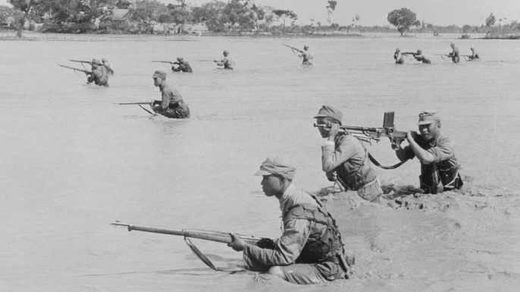
© Bettmann/Getty Images
Holding their lines to the utmost against Japanese, the defenders refused to retreat when the Yellow River began flooding. Here, through the muddy stream, a Chinese advance guard braves flood and enemy fire.
Holding their lines to the utmost against Japanese, the defenders refused to retreat when the Yellow River began flooding. Here, through the muddy stream, a Chinese advance guard braves flood and enemy fire.
8) Historians are still not entirely sure what caused one of Britain's worst natural disasters.
The deluge began on the morning of January 30, 1607, when a great surge of seawater overran some 200 square miles of southwest England and Wales, completely drowning at least 20 villages. One witness wrote of seeing "huge and mighty hills of water, tumbling one over another" and advancing with "great swiftness" over the landscape. Such descriptions have led some researchers to theorize that the floods were the result of a massive tsunami brought on by an earthquake, but others maintain that a squall-induced storm surge and spring tide are the more likely culprits. Whatever its cause, the flooding proved devastating for the low-lying regions surrounding the Bristol Channel, where some 2,000 people were killed. In Somerset, the floodwaters surged 15 miles inland and briefly turned the famed hill at Glastonbury Tor into an island.

